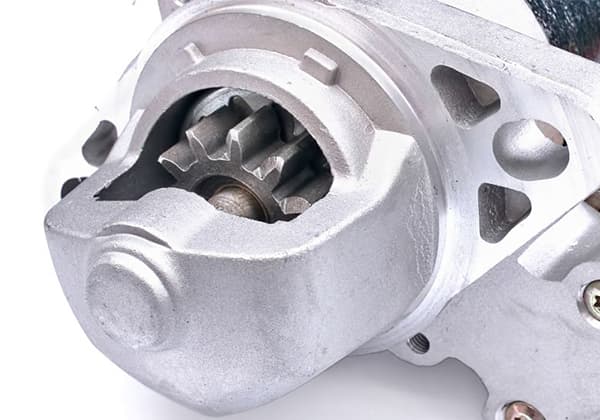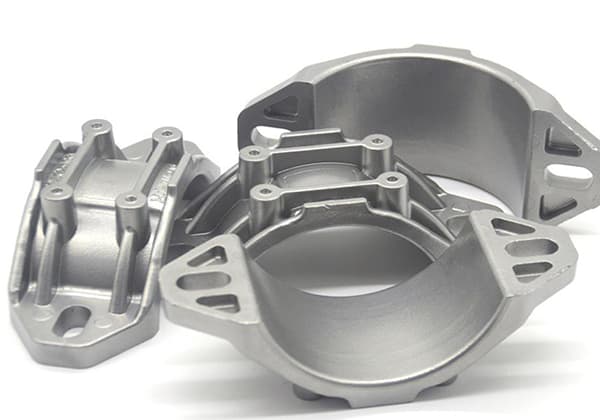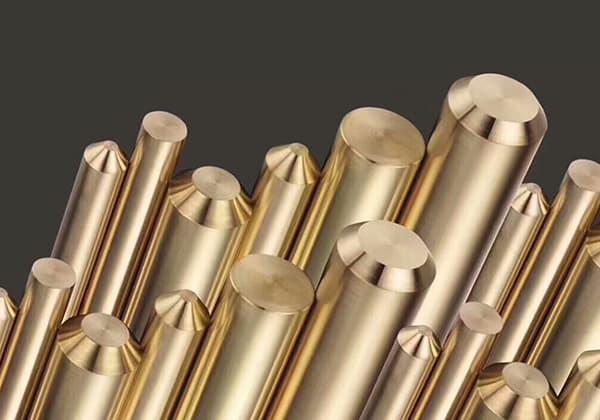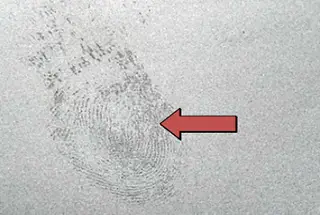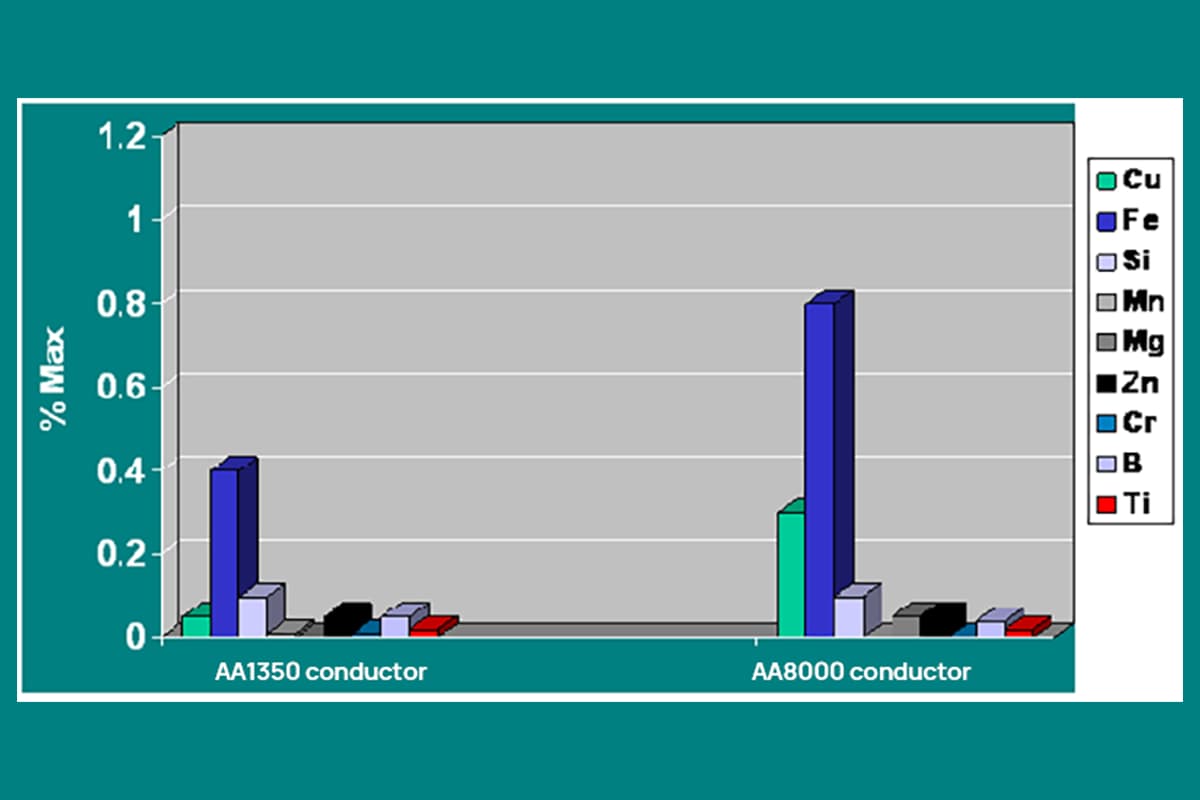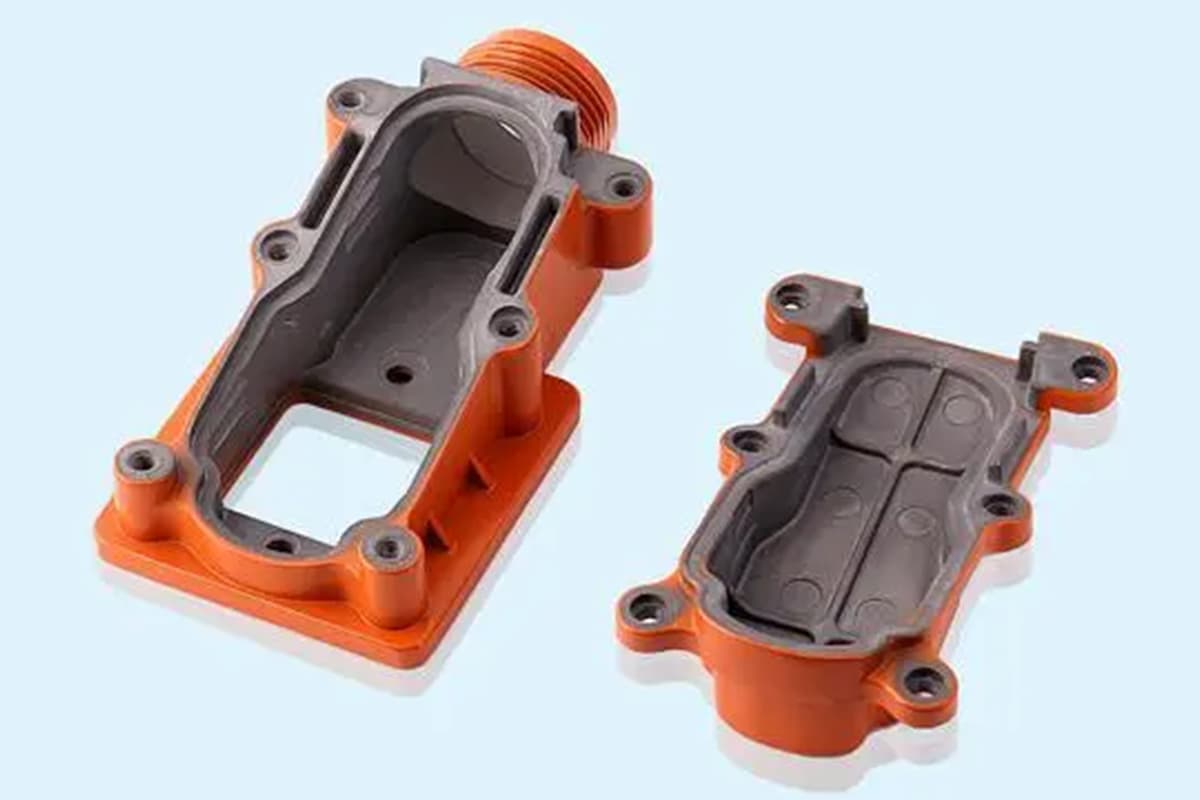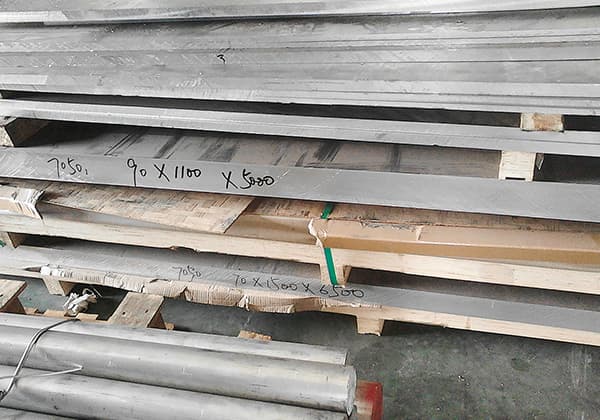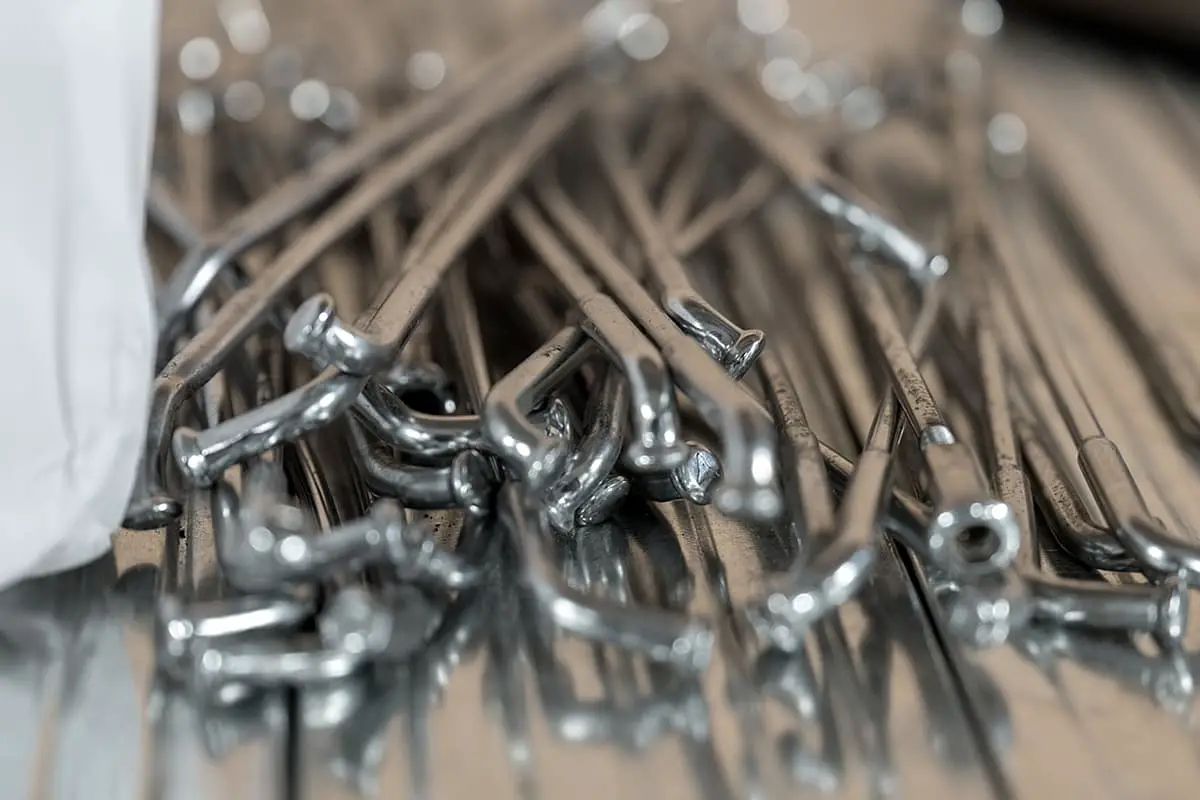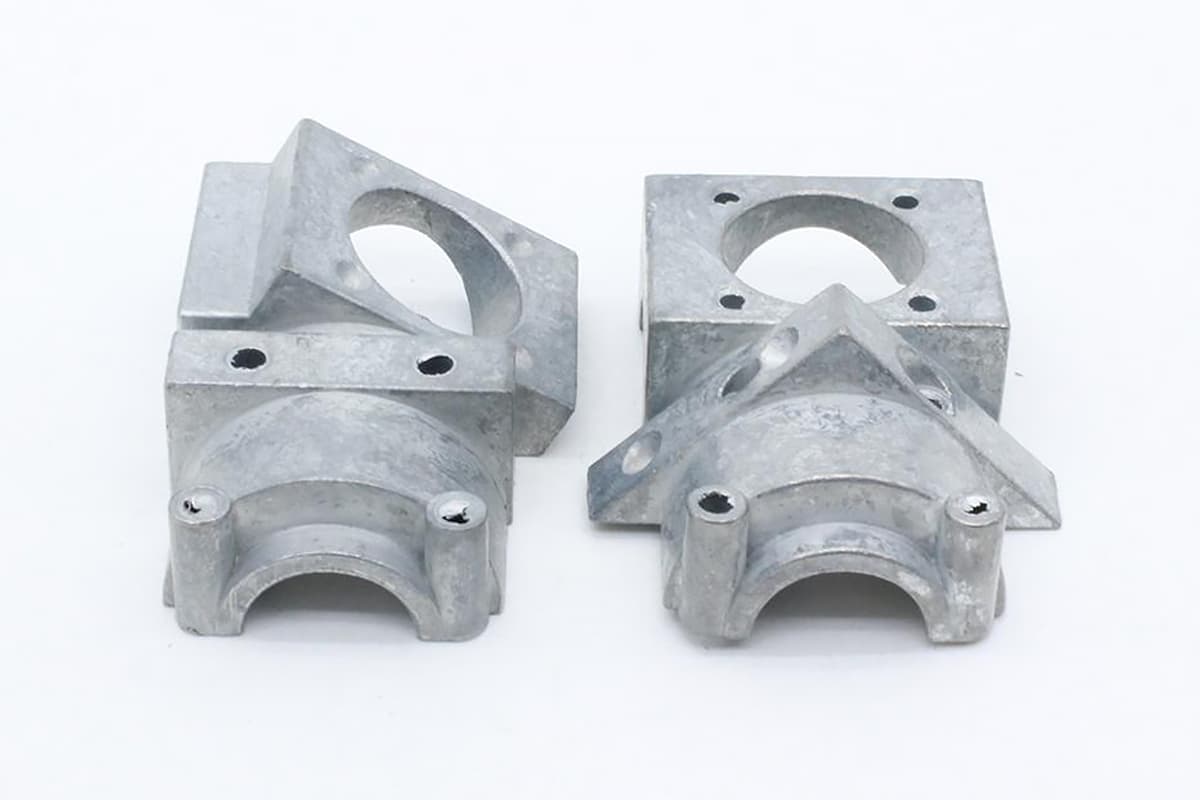
Imagine a world where lightweight, intricate metal parts can be mass-produced with exceptional precision and minimal cost. This is the promise of zinc alloy die casting. In this article, you’ll discover the unique properties of zinc alloys, their advantages in manufacturing, and the challenges they present. Dive in to learn how this versatile technique can revolutionize production efficiency and product quality, offering valuable insights for engineers and manufacturers alike.
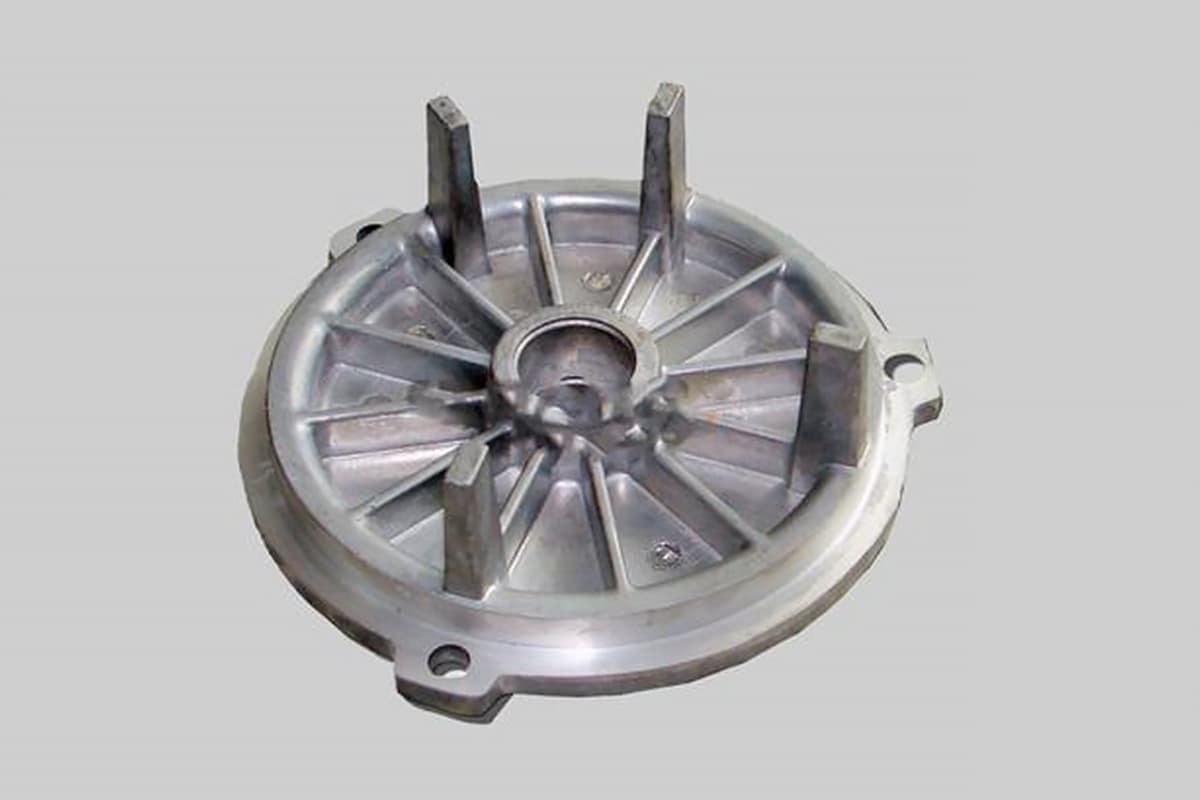
Zinc alloys exhibit superb mechanical and electroplating properties. The surface roughness, strength, and ductility of die-cast zinc alloy parts are all excellent.
Due to the exceptional fluidity of zinc, it can be used to create thinner products, with wall thicknesses achievable down to 0.5mm.

The primary drawback of zinc is its high density, which results in heavier and more costly products, making it more suitable for small parts. Additionally, zinc alloys lack dimensional stability.
1) Density:
3) The most commonly used die-cast zinc alloy is ZAMAK 3.
The international standards and models corresponding to ZAMAK 3 are as follows:
| United Kingdom | BS:1004-1972 Alloy A |
| United States | ASTM:B240-74 Alloy AG40A; SAE:903 |
| Japan | JIS:H2201 Na 2(ZDC2) |
| Germany | DIN 1743:1978 GB ZN A14 |
| Australia | AS 1881-1977 Zn A14 |
| Taiwan | CNS: ZAC1 |
| China | GB: Z ZnAl4 |
The chemical compositions of several commonly used zinc alloys are as follows:
| ZAMAK 2 | ZAMAK 3 | ZAMAK 5 | |
| Al | 3.8-4.2 | 3.8-4.2 | 3.8-4.2 |
| Cu | 2.7-3.3 | ≤0.030 | 0.7-1.1 |
| Mg | 0.035-0.06 | 0.035-0.06 | 0.035-0.06 |
| Pb | ≤0.03 | ≤0.003 | ≤0.003 |
| Fe | ≤0.020 | ≤0.020 | ≤0.020 |
| Cd | ≤0.003 | ≤0.003 | ≤0.003 |
| Sn | ≤0.001 | ≤0.001 | ≤0.001 |
| Si | ≤0.02 | ≤0.02 | ≤0.02 |
| Ni | ≤0.001 | ≤0.001 | ≤0.001 |
Zinc alloy products will continuously shrink after molding, stabilizing essentially after six months. The shrinkage of zinc die castings is as follows:
| Casting Processing | Time | Alloy No. 3 mm/m | Alloy No. 5 mm/m |
| Standard Aging Variation | 5 weeks later 6 months later 5 years later 8 years later. | 0.32 0.56 0.73 0.79 | 0.69 1.03 1.36 1.41 |
| After Stabilization Treatment | 5 weeks later 3 months later 2 years later | 0.20 0.30 0.30 | 0.22 0.26 0.37 |
Due to the pronounced continuous shrinkage phenomenon of zinc alloys, it is recommended to perform stabilization post-processing (100-120°C, 2-4H) for products with strict size requirements.
1) Aluminum (Al)
Die-cast zinc alloys typically contain 3.9-4.3% aluminum. Aluminum enhances the strength of the castings, but the strength is optimal only at 3.5% and 7.5%.
Meanwhile, the addition of aluminum affects the fluidity of the zinc alloy. The fluidity of the zinc alloy is best when the aluminum content is 0% and 5%.
Due to the relative contradictions in the impact of aluminum content on zinc alloy castings, the control of aluminum content in zinc alloys is strict. This can be clearly seen from the following two charts:

1) From the analysis, it is evident that in the production process, the amount of aluminum mixed into the zinc alloy should be strictly controlled.
2) Magnesium (Mg)
Trace amounts of magnesium in the zinc alloy can mitigate grain corrosion (micro-corrosion) caused by impurities.
However, an excess of magnesium can increase the brittleness of the casting. In production, magnesium tends to burn off easily, so the more recycled the production, the lower the magnesium content.
3) Copper (Cu)
The role of copper in zinc alloys is similar to that of magnesium. It can reduce grain corrosion and increase the strength of the zinc alloy.
However, if its content exceeds the specified range, the dimensional stability of the casting decreases. Given copper’s high melting point, its content in production should be controlled.
4) Iron (Fe)
Iron in zinc alloy readily reacts with aluminum to produce a compound (FeAl3) that is lighter than zinc and can be removed during slag cleaning.
Iron has no impact on the mechanical properties and die-casting performance of the casting. However, hard compounds can affect polishing and machining tools.

